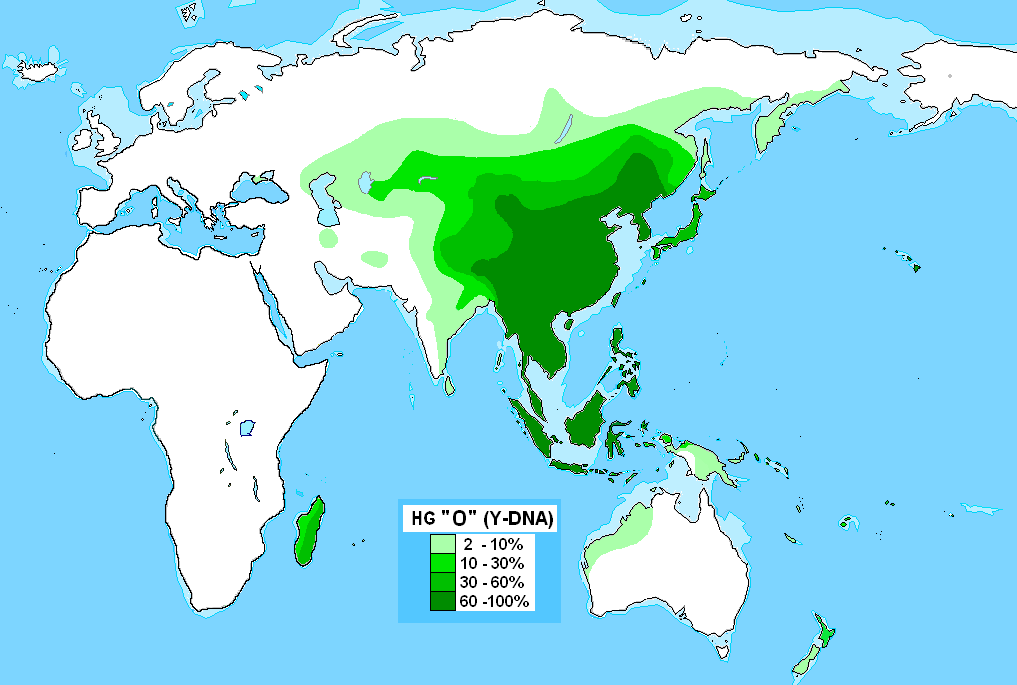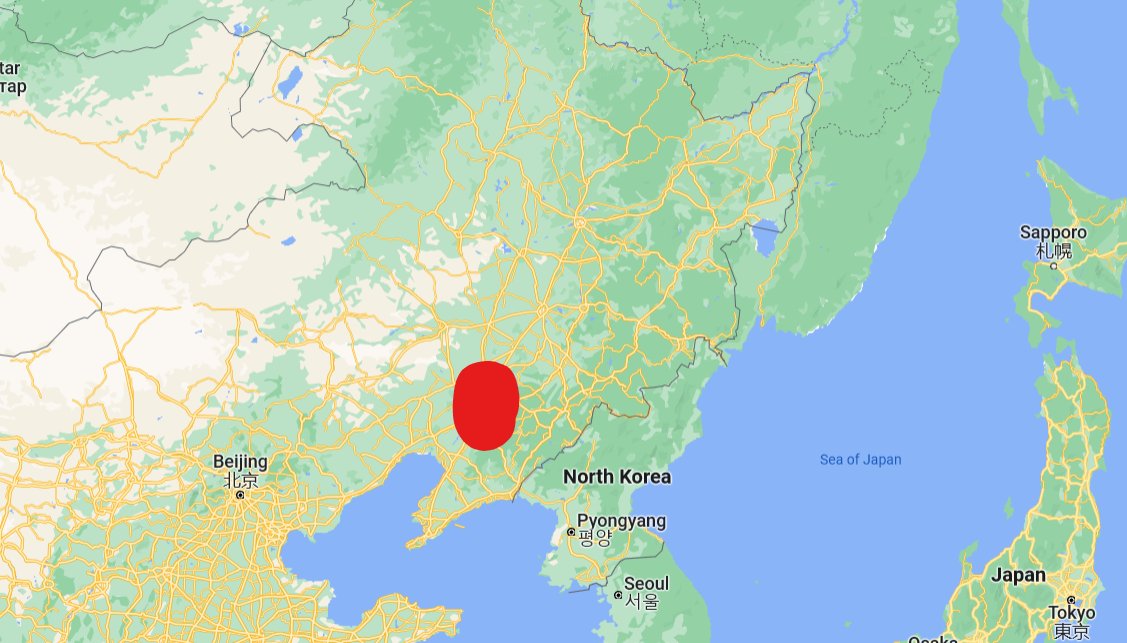Neolithic cultures of China: Northeast China aka Manchuria edition 🧵
The Xinglongwa culture is the oldest (6200–5400 BC) Neolithic culture in northeastern China. It is found mainly around the Inner Mongolia-Liaoning border at the Liao River basin. 

Xinglongwa culture is known for:
>houses were built in rows, hence communal planning
>several sites were surrounded by ditches
>there was millet cultivation
>its pottery is pictured below
>houses were built in rows, hence communal planning
>several sites were surrounded by ditches
>there was millet cultivation
>its pottery is pictured below

Xinle culture is known for:
>millet cultivation
>pig domestication
>pottery, jade, bone tools & wood carvings(pictured below is a wooden totem discovered at the site)
>millet cultivation
>pig domestication
>pottery, jade, bone tools & wood carvings(pictured below is a wooden totem discovered at the site)
Zhaobaogou culture (5400–4500 BC) was a contemporary to Xinle culture. It was found primarily in the Luan River valley in Inner Mongolia. 

The Hongshan culture (4700 to 2900 BC) existed in West Liao river basin in northeast China. It was contemporary of Yangshao Culture (primary culture of yellow river basin and chinese civilization). 

A genetic study from 2013 found 63% of the combined samples from various Hongshan archaeological sites belonged to the subclade N. Other paternal haplogroups identified in the study were C and O3a (O3a3), both of which predominate among the present-day inhabitants of the region. 





Based on samples taken from Hongshan culture, there have been attempts to create an altaic homeland based in Liao river valley. However the debate is still going on with no definite conclusion. 

Hongshan culture was succeeded by the Lower Xiajiadian culture (2200–1600 BC), which was replaced by Upper Xiajiadian culture (1000-600 BC) with a shift from farming to pastoral nomadism, likely due to climate change. It was also followed by migration from Northern Chinese Plain 



Hongshan culture is known for:
>millet cultivation
>jade carvings of "pig dragon"
>Unique burial ritual
>Goddess Temple complex
>"pyramids"


>millet cultivation
>jade carvings of "pig dragon"
>Unique burial ritual
>Goddess Temple complex
>"pyramids"



• • •
Missing some Tweet in this thread? You can try to
force a refresh





